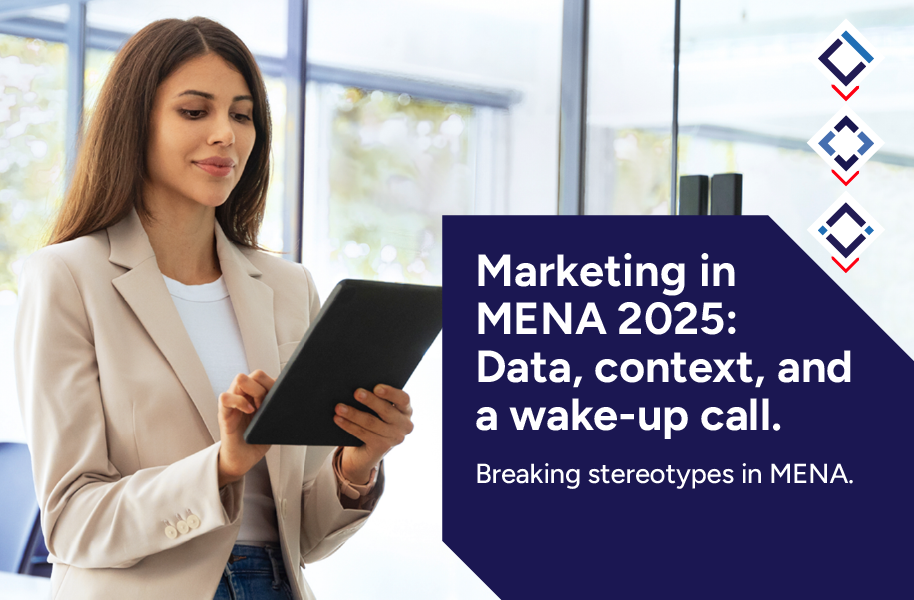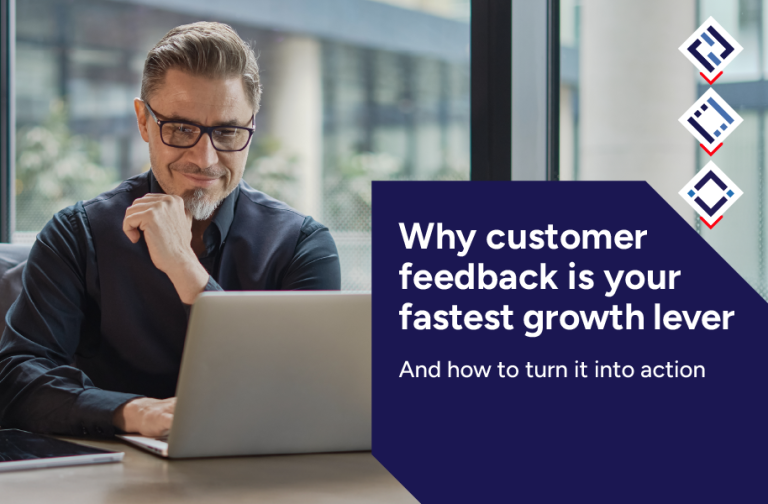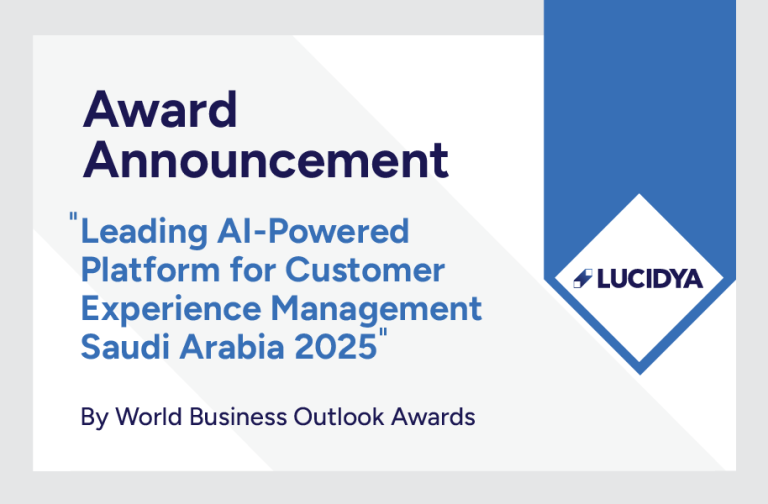
Marketing in MENA 2025: Data, context, and a wake-up call
Breaking stereotypes in MENA
If you lead marketing or business growth in MENA, this scene probably sounds familiar.
Creative teams huddled in boardrooms decided what mattered to millions of people they had never met. Campaigns were launched with bold visuals and confident taglines, yet too often built on guesswork rather than insight. Audiences were spoken for, not spoken with. Their lives squeezed into outdated personas that no one had revisited.
Many marketers still claim to understand their audience. But in MENA, that “understanding” often rests on assumptions made long ago.
Look at your own brief from three years back. Does it still reflect the people you’re trying to reach?
If you think public dialogue in the region is surface-level, take a closer look. You will find young entrepreneurs sharing funding tips, women rallying support for policy change, and real-time debates about identity, culture, and technology.
The region is speaking clearly, publicly, and on its own terms.
And the data tells a very different story from the one many brands still imagine.
This piece breaks down how real-time conversations across MENA reveal a shift in audience behavior, expectations, and influence—and what that means for marketers, brands, and institutions.
Your audiences know what they want. Do you?
In a region as culturally rich and diverse as MENA, falling back on generalizations can be tempting. Unfortunately, such assumptions continue to influence how brands create campaigns, how governments communicate with citizens, and how media portrays communities.
But do these assumptions still hold?
Today, public conversations happening across social media platforms tell a different story—one shaped by real people, real emotions, and real experiences. These digital dialogues challenge outdated narratives and offer a clearer, more nuanced view of what truly matters to audiences.
Tapping into these conversations isn’t just insightful. It’s essential. For brands, governments, and media alike, listening closely means understanding evolving needs, detecting early signals of change, and responding with relevance and empathy.
I. Stereotypes versus reality (what the data shows)
1. This Generation can’t be ignored
What businesses assume
It’s common to hear that young people in MENA are just scrolling, following trends, and tuning out the world.
But ask yourself: What if they’re not tuning out, but actually turning up the volume on what matters?
What the data shows
The picture is more dynamic than most people think. According to the 2024 Middle East Youth Outlook from PwC, many young people in the Gulf see themselves as part of the solution, not just observers. They’re not only aware of global challenges, but they’re aligning their goals with them. Their support for education, healthcare, and innovation reflects a deeper sense of responsibility.
And it doesn’t stop there. A June 2024 study from UNDP shows how digital platforms are becoming tools for action. Youth across the region are using them to organize, debate, and push for change.
- Leading community projects
- Starting purpose-driven businesses
- Weighing in on national issues in real time
Putting it into perspective
A regional food brand launched a digital campaign during Ramadan encouraging youth to share stories of kindness from their communities. The campaign used short videos and Instagram Reels, and it quickly gained traction, with users tagging local initiatives and even starting their own. The brand’s engagement doubled, and their message resonated across markets.
Why it matters
This generation is made up of creators, leaders, and contributors to change. They aren’t waiting for a seat at the table. They’re building their own. If you’re still treating them like passive listeners, you’re missing the ones shaping what comes next.
2. Women are leading conversations, not following them
What businesses assume
For years, the story went like this: women in MENA stayed on the sidelines while decisions were made without their input, often about them.
But here’s the question: Have you seen what’s actually happening online?
What the data shows
The 2024 Restless Development report “Securing a Digital Future for Women and Girls in MENA” spotlights Egyptian, Lebanese, and Saudi women who turn timelines into launchpads for climate action, digital rights, and legal reform. Their profiles read like command centers, not personal diaries.
Oxfam’s paper “Claiming and Reclaiming the Digital World as a Public Space” continues the story across the region, where young women use hashtags to spark public dialogue and push topics onto the national agenda. They rally support, rewrite narratives, and bring lawmakers to the table before most of us finish scrolling breakfast news.
Pay attention to these voices if you want to stay ahead of regional shifts.
Putting it into perspective
A well-known retail brand in Saudi Arabia partnered with emerging female business owners for a Women’s Day campaign. Through video features and social content, the brand highlighted each woman’s story, going beyond product promotion to focus on ambition, leadership, and real impact. The campaign generated strong engagement and positive media coverage.
Why it matters
Just as women are reshaping dialogue, audiences as a whole are proving far more receptive to bold, meaningful content than many brands expect. When women raise an issue online, it travels. Posts become talking points. Talking points become action. Action reshapes policy. Anyone serious about understanding the region’s direction has to track these conversations. Tune them out, and the future will move on without you.
3. MENA isn’t stuck in the past, so why are your strategies?
What businesses assume
There’s this idea that audiences in the region only want what’s familiar: same formats, same topics, same voices.
Pause and consider: What if their interests are moving faster than your messaging?
What the data shows
Deloitte’s 2025 report on the state of innovation in the Middle East shows a clear surge in investment across sectors, especially in artificial intelligence and digital transformation.
This shift isn’t just about business. It’s about:
- Rising expectations from decision-makers
- Consumer appetite for modern tools and ideas
- Cultural openness to change
Google’s 2025 marketing insights in MENA add another layer. People are watching content that blends dialects, crosses borders, and explores themes like mental health, sustainability, and identity. What’s trending today is a mix of local roots and global curiosity, and that’s a sign that cultural habits are shifting, not standing still.
Why it matters
People in the region are not stuck in old habits. They are driving new consumer trends, and open to stories that reflect how their world is changing. When content speaks to that, it connects. When it doesn’t, they scroll past. If you want to keep their attention, you have to keep up.
II. What this means for brands, media, and institutions
If you’re still relying on gut instinct, you’re missing the point
Audiences move fast across formats, languages, and cultures. One moment it’s a Levantine meme, the next it’s a Gulf-based podcast, then a North African food reel. They engage with what feels real.
Still relying on outdated audience personas? You risk getting ignored.
Real engagement starts with listening to real conversations.
Want to know what matters? Track the sentiment where it starts
Social media behaviors are not noise. They’re signals.
- What drives emotion
- What sparks action
- What breaks trust
The real insights aren’t buried in whitepapers. They’re happening live, in comments, mentions, and trending posts (a direct window into MENA digital behavior). That’s where public sentiment starts to shift long before it shows up in the news. If you’re not paying attention there, you’re already one step behind.
The smartest teams don’t just track what’s viral. They pay attention to the patterns and people behind the posts.
The future of MENA is already speaking – publicly
Are you listening?
Stereotypes often simplify reality. They reduce people to labels and ignore the changes shaping how communities think, speak, and interact. In the MENA region, many of these assumptions have lasted not because they are true, but because they have rarely been examined with clarity.
The stories people share online tell us something different. They show how cultural preferences are broadening through a mix of local pride and global connection.
These patterns are not hidden. They appear in everyday posts, in trending topics, and in how people express themselves without filters. Paying attention to these conversations offers a clearer understanding of what matters to people, what they are drawn to, and what they are leaving behind.
This kind of understanding cannot rely on instinct alone. It takes focus, context, and the ability to listen well.
This is where Lucidya plays a key role, helping you make sense of real-time social data and MENA digital behavior. As a platform designed to understand Arabic-speaking audiences, Lucidya enables you to:
- Follow public conversations
- If you want to understand what matters to people, pay attention to what they are talking about in the moment. These conversations reveal real priorities, challenges, and emotions. They offer more clarity than any survey or quarterly report.
- Spot the shift in sentiment
- Public opinion is always moving. It does not change in a flash, but there are signs along the way. When you track how people feel over time, you begin to notice the turn. The earlier you notice it, the better prepared you are.
- Respond in real time
- Showing up at the right moment makes a difference. Whether you are part of the conversation or addressing a concern, responding when it matters builds trust. It tells people you are listening, not just watching from the sidelines.
When we listen closely, we see more clearly. And when we see clearly, we make better decisions.
Lucidya gives you that clarity. See how it works.









